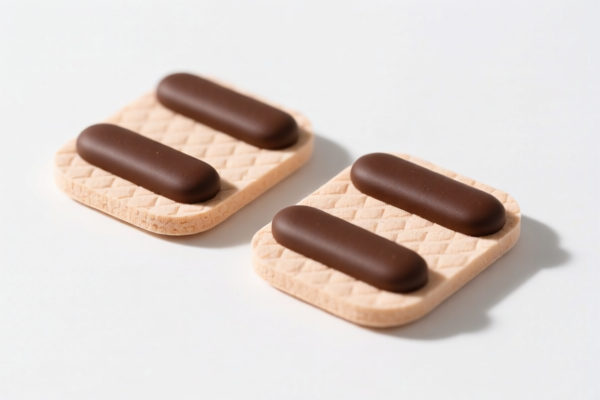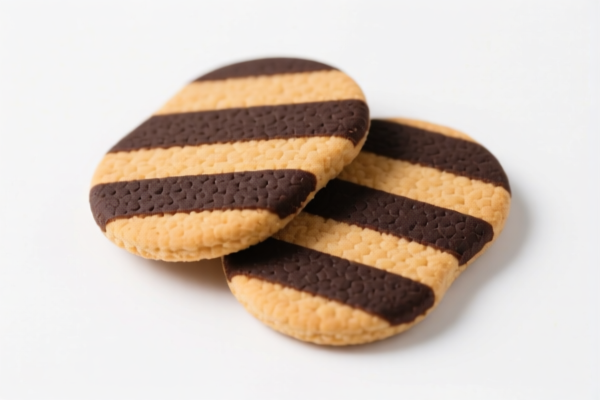| HS Code | Official Doc | Tariff Rate | Origin | Destination | Effective Date |
|---|---|---|---|---|---|
| 6114909070 | Doc | 35.6% | CN | US | 2025-05-12 |
| 3926909989 | Doc | 42.8% | CN | US | 2025-05-12 |
| 3924104000 | Doc | 33.4% | CN | US | 2025-05-12 |
| 3924905650 | Doc | 40.9% | CN | US | 2025-05-12 |




Elbow Pads
Elbow pads are protective gear worn to shield the elbow joint from abrasion, impact, and pressure. They are commonly used in activities with a high risk of falls or contact with hard surfaces.
Material
Elbow pads are constructed from a variety of materials, often in layered combinations:
- Outer Shell: Typically made of durable plastics like polycarbonate (PC), acrylonitrile butadiene styrene (ABS), or high-density polyethylene (HDPE). These materials provide abrasion resistance and impact distribution. More advanced pads may use carbon fiber composites for increased strength and reduced weight.
- Padding: Common padding materials include:
- EVA Foam: Ethylene-vinyl acetate foam provides cushioning and shock absorption. It is lightweight and relatively inexpensive.
- Polyurethane Foam: Offers higher density and better impact absorption than EVA foam.
- Gel Pads: Often used in conjunction with foam to provide superior shock absorption and comfort.
- D3O: A non-Newtonian material that remains flexible during normal movement but hardens upon impact. Provides excellent impact protection.
- Straps & Liner: Straps are usually made of nylon or elastic materials with buckles or Velcro closures for secure fit. Liners are often made of moisture-wicking fabrics like polyester or neoprene for comfort and breathability.
Purpose
The primary purpose of elbow pads is to mitigate injuries resulting from:
- Falls: Protecting the elbow joint from direct impact with the ground.
- Abrasions: Preventing skin damage from sliding on rough surfaces.
- Impacts: Shielding the elbow from collisions with objects or other individuals.
Function
Elbow pads function by:
- Distributing Impact Force: The outer shell spreads the force of an impact over a larger area, reducing the concentration of pressure on the elbow joint.
- Absorbing Energy: The padding layer absorbs kinetic energy, minimizing the force transmitted to the elbow.
- Providing a Sliding Surface: Some pads have a smooth outer surface to allow for easier sliding, reducing friction and preventing snagging during falls.
- Stabilization: Certain designs offer some degree of joint stabilization, particularly those used in more demanding activities.
Usage Scenarios
Elbow pads are utilized in a wide range of activities, including:
- Skateboarding & Roller Skating: Protecting against falls on concrete or asphalt.
- Cycling: Providing protection in the event of a crash.
- BMX & Mountain Biking: Essential for navigating rough terrain and jumps.
- Volleyball & Basketball: Protecting against floor burns and collisions.
- Construction & Landscaping: Protecting against abrasions and impacts while working.
- Gardening & Home Repair: Providing protection during tasks involving kneeling or working in tight spaces.
Common Types
- Basic Elbow Pads: Typically feature a simple plastic shell and foam padding, secured with elastic straps. Suitable for recreational activities.
- Hinged Elbow Pads: Incorporate hinges to allow for a more natural range of motion while providing increased stability and support. Often used in more demanding sports.
- Gel Pads: Feature gel padding for superior shock absorption and comfort.
- Full-Coverage Pads: Provide extended protection, covering a larger area of the elbow and forearm.
- Youth Elbow Pads: Designed specifically for children, with smaller sizes and adjustable straps.
- Motorcycle Elbow Pads: Heavy-duty pads designed for high-speed impacts, often integrated into riding jackets.
Based on the provided information, classifying "elbow pads" requires careful consideration of their material and intended use. Here's a breakdown of potentially relevant HS codes:
-
6114.90.9070: This code covers “Other garments, knitted or crocheted: Of other textile materials: Other Other: Other”. If the elbow pads are constructed from knitted or crocheted textiles (other than cotton), this HS code may be applicable. The total tax rate is 35.6%, comprising a 5.6% base tariff, 0.0% additional tariff, and a 30% additional tariff effective April 2, 2025.
-
3926.90.9989: This code refers to “Other articles of plastics and articles of other materials of headings 3901 to 3914: Other: Other Other”. If the elbow pads are primarily made of plastic or other materials within headings 3901 to 3914, this code could be relevant. The total tax rate is 42.8%, consisting of a 5.3% base tariff, a 7.5% additional tariff, and a 30% additional tariff effective April 2, 2025.
-
3924.10.4000: This code covers “Tableware, kitchenware, other household articles and hygienic or toilet articles, of plastics: Tableware and kitchenware: Other”. While less likely, if the elbow pads are made of plastic and marketed as household protective items, this code might be considered. The total tax rate is 33.4%, with a 3.4% base tariff and a 30% additional tariff effective April 2, 2025.
-
3924.90.5650: This code refers to “Tableware, kitchenware, other household articles and hygienic or toilet articles, of plastics: Other: Other”. If the elbow pads are made of plastic and categorized as other household articles, this code could apply. The total tax rate is 40.9%, comprising a 3.4% base tariff, a 7.5% additional tariff, and a 30% additional tariff effective April 2, 2025.
According to the provided reference material, the HS code options related to 'elbow pads' are limited, with only the following 4 found.
It is important to determine the primary material composition of the elbow pads to select the most accurate HS code.
Customer Reviews
No reviews yet.